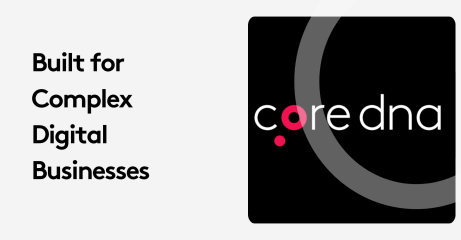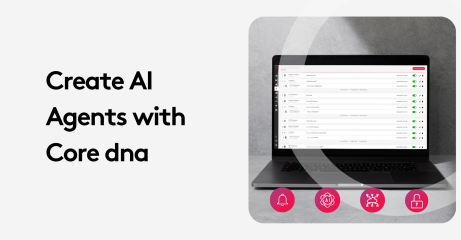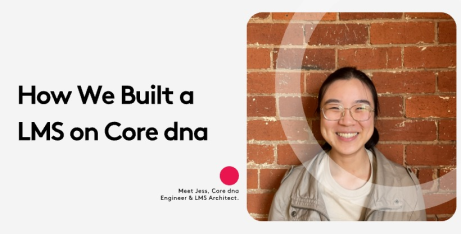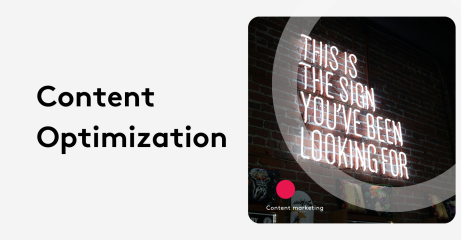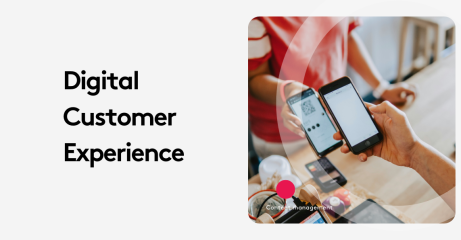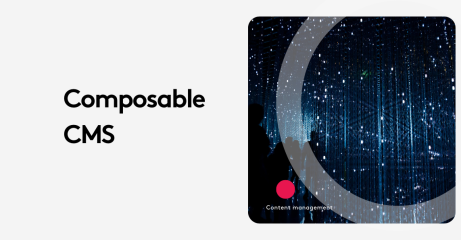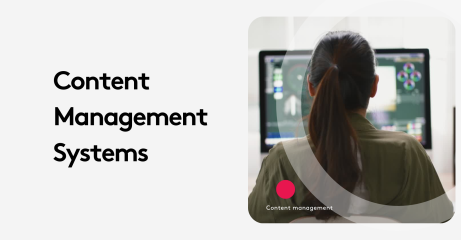DXP vs CMS: Rethinking Your Content Management Approach

Is a CMS enough for modern digital needs, or is a DXP the future? This article challenges common perceptions and breaks down which platform delivers more value for your brand.
But the acronym ‘DXP’, which stands for Digital Experience Platform, has survived that buzzword phase and is now considered a permanent part of the web content management landscape.
In this article, we take a look at the roots of this acronym, how it compares with traditional CMSs, and how Digital Experience Platforms (DXP) are now transforming customer experiences.
Key takeaways
- DXP vs CMS: A Digital Experience Platform (DXP) extends beyond a traditional Content Management System (CMS) by enabling management of omnichannel customer experiences across multiple devices and platforms.
- Customer Relationship Focus: DXPs are designed to build meaningful, ongoing relationships with customers throughout their entire lifecycle, not just during a single transaction.
- Omnichannel Experience: DXPs allow seamless content delivery to various devices such as mobile, desktop, IoT, social media, and more, ensuring a consistent customer experience.
- DXP Benefits: Compared to CMS, DXPs offer easier scalability, better personalization, multi-site management, and integration with eCommerce, intranets, portals, and external systems.
On this page:
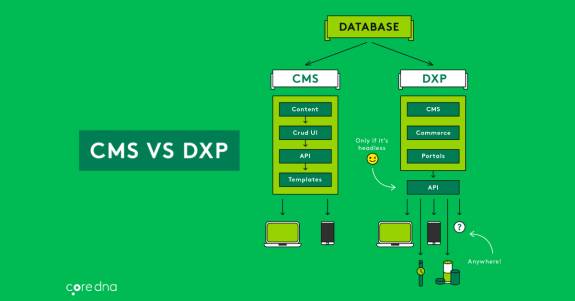
What is a Content Management System (CMS)?
Digital Experience Platforms (DXP) have grown out of the limitations posed by CMS in regards to crafting and managing in-depth customer experiences. Since DXP has come into being off the back of the classic CMS there is going to be some overlap between the two, in terms of content creation and asset management.
When asked about the differences between a CMS and a DXP, Forrester’s Mark Grannan gave a comprehensive answer:
“Web CMS is critical for developing, managing and optimizing web, mobile, and other content-based experiences...Whereas some critics considered web CMS solutions ‘bloated’ a few years ago, we think times have changed. API-first architecture and cloud deployments are reshaping the packaging of digital capabilities into more granular tools that can be assembled on demand.”
A DXP is equipped to handle content and asset management on a large scale. For example, with a DXP you’re able to sync, manage, and push content across verticals likes web, kiosks, billboards, customer portals, IoT devices, and more.
Plus, a robust DXP will be able to help brands launch eCommerce projects, establish intranets and manage multiple microsites with multitenancy — with ease. A traditional CMS, on the other hand, would struggle to do all of that without significant investment and development time.
Tweet This: A DXP goes a step further than a CMS by helping a brand produce digital experiences through websites, apps, portals, IoT devices and more.
A user’s digital experience needs to be consistent across both pre and post-sale environments. The lifecycle isn’t complete once your customer walks through your doors, or orders something online. Your customer experience has now evolved into a full-fledged relationship, which a DXP can help you manage every step of the way.
What is a Digital Experience Platform (DXP)?
Okay, so a DXP goes a step further than a CMS — but what does that mean for the growth of your business? Well, beyond making it easier to build out an omnichannel customer experience, a DXP helps by:
1.Building relationships
It’s engineered with the chief goal of helping you build a meaningful relationship with your audience throughout the entire customer lifecycle.
2.Organizing omnichannel experiences
Ability to reach and deliver content to multiple devices including mobile, desktop, IoT devices, social media, email inboxes, and more.
Why you need a Digital Experience Platform (DXP)
Okay, so a DXP goes a step further than a CMS — but what does that mean for the growth of your business? Well, beyond making it easier to build out an omnichannel customer experience, a DXP helps by:
1.Building relationships
It’s engineered with the chief goal of helping you build a meaningful relationship with your audience throughout the entire customer lifecycle.
2.Organizing omnichannel experiences
Ability to reach and deliver content to multiple devices including mobile, desktop, IoT devices, social media, email inboxes, and more.
Comparing 4 Digital Experience Platforms (DXP)
Your customer experience not only needs to feel effortless on behalf of your customer, but you also need to be able to easily tailor and scale the customer experience across channels and continents. That’s where a DXP outdoes a CMS.
Having a DXP underpinning your web presence allows you to create and monitor all of the different streams of information you’re pushing out, all while ensuring you’re delivering timely messages based on real-time user feedback and data.
Sure, personalization with a traditional CMS is doable, but the work required to not only create, push, and manage content, but adding segmenting and tagging will be incredibly time-consuming. Overall, a CMS can allow you to segment and create content based upon user groups, but it’s going to be more difficult to narrow in on one-to-one customer personalized you can get by using a DXP.
Today we live in a world that’s more connected than ever. From IoT devices to smartphones and desktops, wearables, VR devices, and more, your marketing and content need to reach your customers where they’re at — no matter their device.
As a brand looking to meet the ever-changing needs of your audience using a DXP will soon become a necessity. A digital experience platform will help you create a customer experience that’s united across multiple devices and platforms, without a complex and confusing management process on your end.
Oh, and if you’re now wondering what Software as a Service (SaaS) means, we’ve got you covered there, too.




